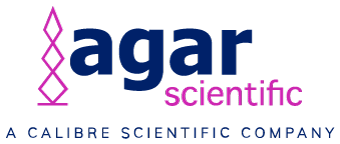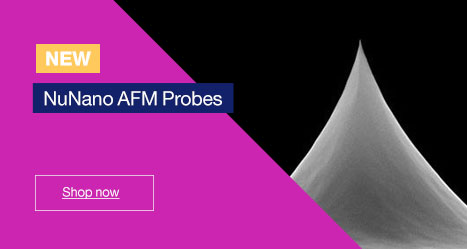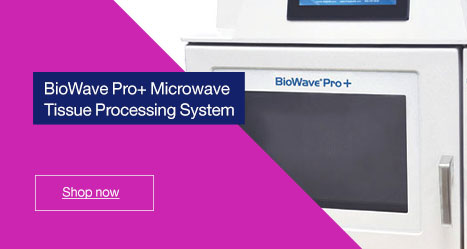Depositing nanoparticles using the NL50 couldn’t be easier with the pre-loaded optimized recipes for a wide range of common materials including Au, Ag, Pt and Cu. These optimised recipes produce high-quality nano-coatings with the optimal deposition rates for each material.
However, the NL50 also enables the user to vary the size distribution of the deposited nanoparticles by varying two simple parameters – the argon gas flow and the magnetron current (power). The argon gas flow and the magnetron current both affect the thermodynamics inside the vacuum chamber. Varying these parameters can either promote or inhibit the growth of the nanoparticles, thus shifting the range of nanoparticle sizes produced.
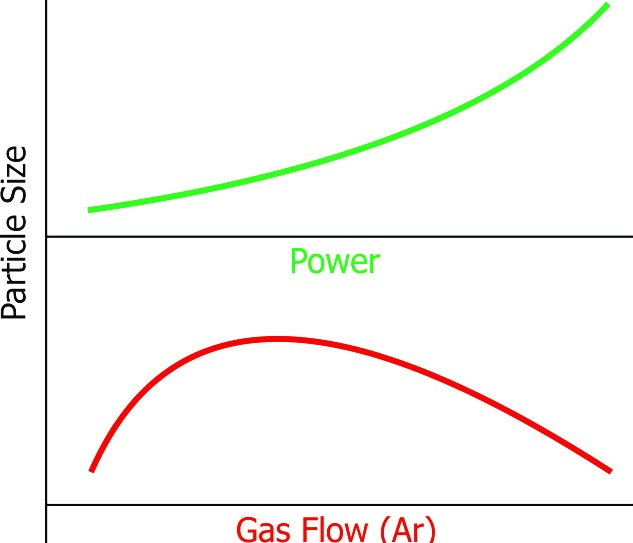
Figure 1: General trend for nanoparticle size with increasing magnetron power or gas flow.
The effect of Magnetron Current (Power)
As the magnetron current is increased, the magnetron power also increases which in turn sputters more material from the target. This resulting increase in available material will in general increase the number of nanoparticles produced (increase the deposition rate) as well as increasing the size of the nanoparticles produced.
The effect of changing the Ar gas flow
The effect of changing the Ar gas flow is more complex. An increase in argon flow will increase the amount of sputtered material available to form nanoparticles, so the size and deposition rate. However, as the gas flow and pressure increases the argon ions increasingly also act to cool (thermalize) the nanoparticles through inelastic collisions thus suppressing nanoparticle growth. Therefore, it is common to see both an increase and decrease in nanoparticle size with argon gas flow. Where the switch in behaviour depends on the material.
Users are encouraged to experiment with the process conditions to find the optimum gas flow and magnetron current for their material requirements.
Changing the nanoparticle size with the NL50
In order to modify the process conditions the user simply changes the gas flow or current in STEP 4 on the set-up Wizard, as shown in Figure 2. The effect on the nanoparticle size distribution of changing the current or the gas flow is also illustrated for nickel in Figure 2.
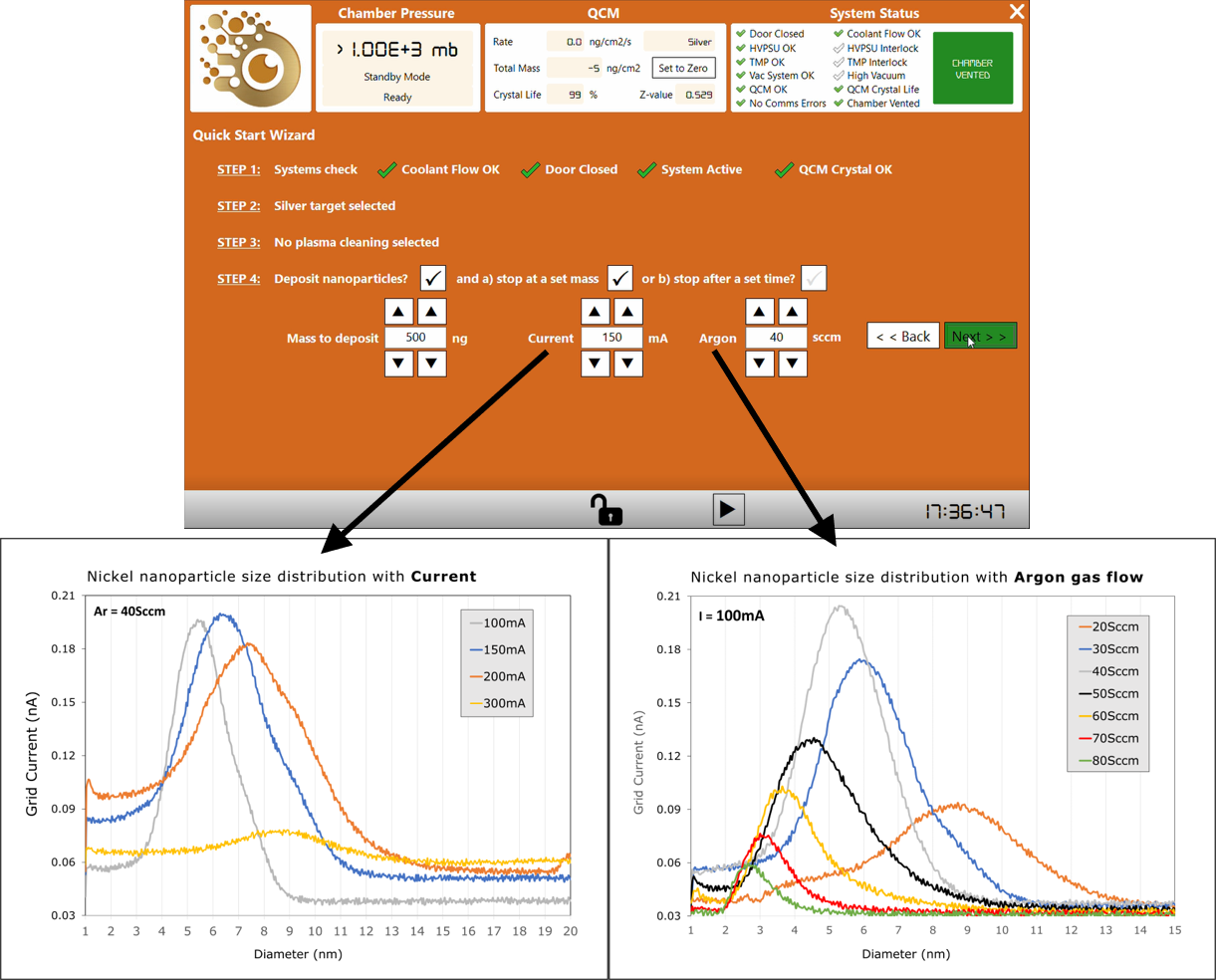
Figure 2: The user interface of NL50 indicating current and gas flow control options (top), Effect of Magnetron current on nanoparticle size distribution for Ni (bottom left) and Effect of Argon gas flow on nanoparticle size distribution (bottom right).
Figure 2 shows a shift in the nickel nanoparticle distribution to larger sizes with increasing current, as predicted in Figure 1. The drop in signal observed at 300mA occurs when the plasma temperature generated at high magnetron currents is too high for optimum Nickel nanoparticle growth, showing that there is sometimes a choice to be made between deposition rate and nanoparticle size.
The effect of changing the Ar gas flow for nickel nicely demonstrates the competing processes of the generation of more sputtered material for nanoparticle formation with the increasing suppression of nanoparticle growth by Ar ions. Figure 2 shows a shift to smaller nickel nanoparticle sizes as the Ar gas flow is increased. Initially, there is a rise in the number of nanoparticles as the gas flow is increased, showing that smaller nanoparticles are generated with the peak deposition rate occurring at 40sccm. For further increasing gas flow, both the size and number of nanoparticles decreases as the thermalization of the nanoparticles becomes more dominant.
Figure 3 shows the measured trends for nanoparticle peak position, for a range of different current and gas flows, indicating the wide range of different sizes that can be accessed through the manipulation of just two process parameters.
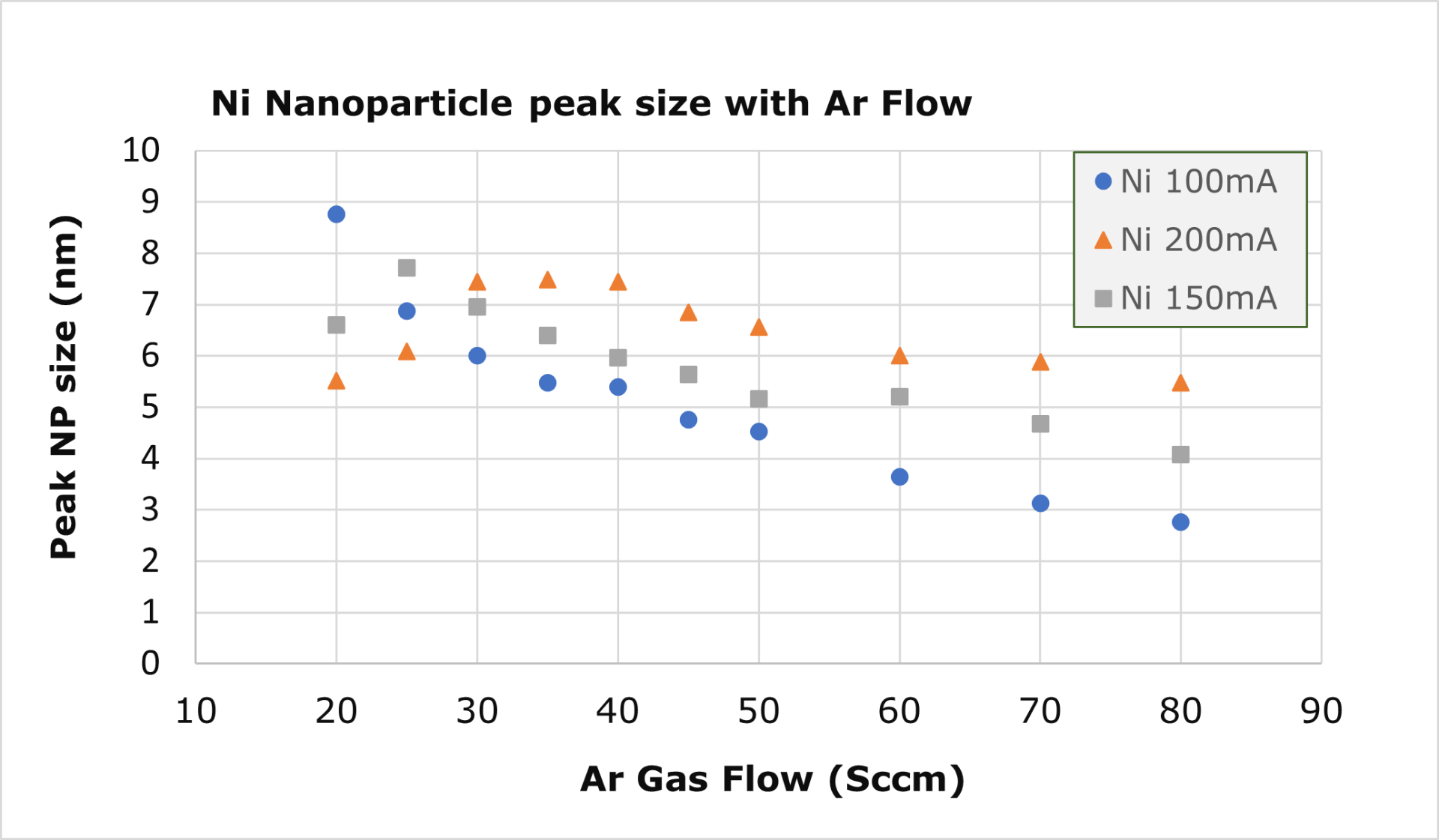
Figure 3: Nickel nanoparticle peak size with argon flow for 3 different magnetron currents
We are offering 25% off any NL50 orders placed before 30th June 2021. Please contact [email protected] for more information.
